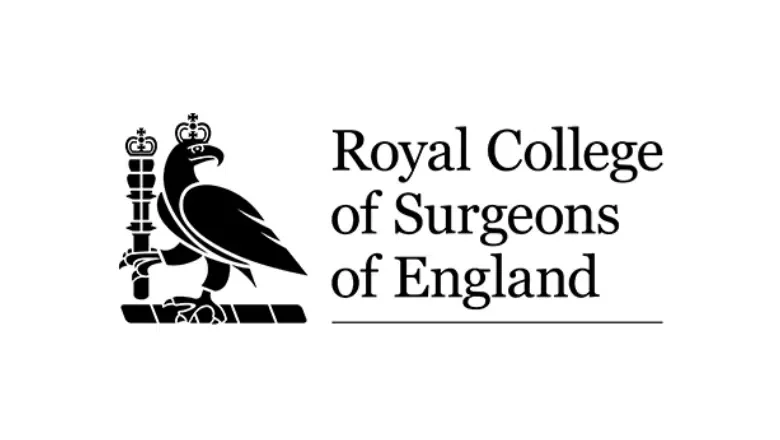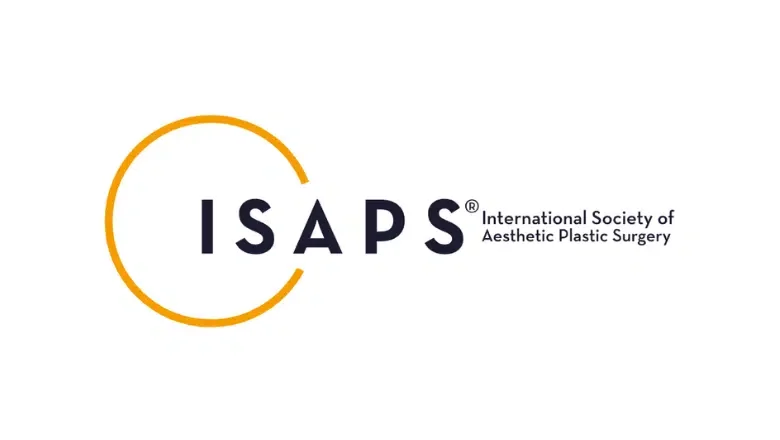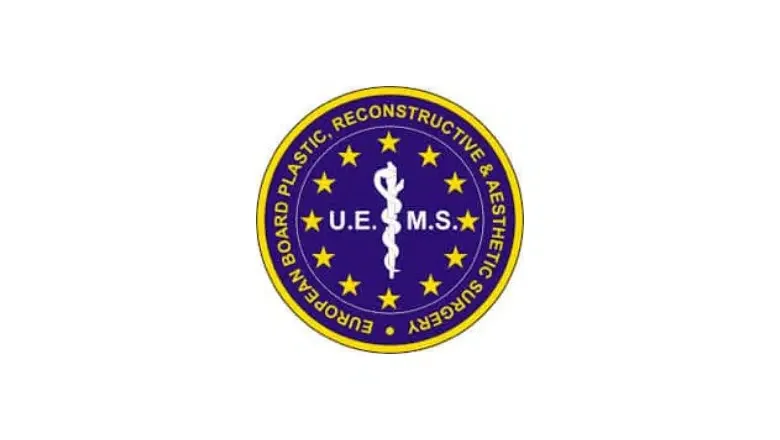Tummy tuck surgery, also known as an abdominoplasty, is designed to produce a flatter and contoured abdomen. Getting the best tummy tuck results means following your surgeon’s post-operative care instructions. Centre for Surgery is the leading plastic surgery clinic in London. Our UK cosmetic surgeons have years of experience in all types of tummy tuck surgery, including full tummy tuck, mini tummy tuck and Brazilian tummy tuck. There are several things you should adhere to during recovery after abdominoplasty to get the best results.
RELATED: Key facts about tummy tuck surgery & abdominoplasty
Diet and exercise often fail to achieve a toned and tighter-looking abdomen, especially when loose skin and muscle weakness are present. An abdominoplasty involves the removal of excess skin and fat from the stomach area combined with the tightening of the abdominal muscles. Many patients often wonder about recovery after a tummy tuck and whether “is a tummy tuck painful”. Other commonly asked questions include the time taken to fully heal and being able to carry out everyday tasks during the abdominoplasty recovery period. Here, we answer all of your most commonly asked questions about tummy tuck recovery.
It is normal to experience bruising, swelling, and mild discomfort during the first two weeks after surgery, which can last up to four weeks. To minimise significant pain and discomfort, it is important to take time off from work and avoid strenuous activities.
Why do people choose to have a tummy tuck or abdominoplasty?
There are several reasons why women and men choose to have tummy tuck surgery:
- People have lost self-confidence due to a saggy and droopy abdomen.
- Diet and exercise have failed to get rid of excess abdominal fat
- Skin irritation or a skin infection from excess loose hanging skin
- Excess skin, fat and muscle bulging (diastasis recti) due to pregnancy, weight loss, or ageing.
Tummy tuck recovery timeline
The time needed to recover from a tummy tuck differs for every patient. Several factors will determine the speed of your abdominoplasty recovery, including your general state of health, skin quality, age and the type of tummy tuck you have. Following all of the preoperative and post-operative care instructions will help to achieve a fast recovery.
RELATED: What to expect after a tummy tuck?
Smoking should be avoided for a minimum of four weeks before and after surgery as it is associated with an increased risk of delayed wound healing and potential wound breakdown or infection. Having a tummy tuck should be the ideal opportunity to consider permanent smoking cessation.
Immediately after the tummy tuck
Once the procedure is complete, sterile dressings will be applied to the surgical incision. You may also have two drainage tubes that exit from your abdomen’s lower part. Having wound drains helps to minimise the collection of blood or body fluids beneath the skin. They will be removed approximately three days after surgery. You will need to arrange for a responsible adult escort to collect you once you have recovered from the effects of the anaesthetic. It is normal to experience bruising and swelling in the abdomen. It would be best if you tried to take it easy and rest as much as possible during the first 48 hours after surgery.
Week one after tummy tuck
It is normal to experience a mild degree of discomfort with associated swelling, bruising and tightness in the abdomen. Wound drains are removed approximately 3 to 4 days after surgery by a member of our nursing team. The following measures will help to speed up your tummy tuck recovery:
- Avoid vigorous exercise and heavy lifting
- Use cold packs against the abdomen to reduce bruising and swelling
- Do not touch the incision sites
- Avoid massaging the incisions
- Keep well hydrated by drinking plenty of water
- Eat a well-balanced and nutritious diet
- Take painkillers regularly during the first week after surgery
- Wear your compression garment continuously
- Avoid smoking
- Avoid alcohol
Week two after tummy tuck
Although bruising and discomfort will begin to improve, you may still experience swelling affecting the abdomen. Abdominal tightness should begin to improve. Follow the advice below to ensure a smooth recovery:
- Wear your compression garment or abdominal binder continuously
- Do you not smoke
- Light walks of no more than 30 minutes are beneficial to promote better healing.
- Gentle massages of the abdominal area can be undertaken.
- Avoid eating highly processed junk foods.
- Avoid too much salt consumption, as this can lead to fluid retention and extra swelling.
Week three and four after tummy tuck
Most patients can return to eating normally and carrying out certain forms of daily activities. The final results of a tummy tuck start to become noticeable after approximately four weeks. You should follow the advice below to get the best tummy tuck results:
- Do not lift heavy weights or perform abdominal crunches
- You must wear your abdominal compression garment continuously for a full six weeks
- Light exercise, including short walks, is excellent for promoting healthy blood circulation
- Try to maintain a healthy and stable weight
- Reach out to our clinical team if you experience any worrying symptoms
Tummy tuck recovery do’s and don’ts
Do’s
- Attend all of your postoperative appointments so that your progress can be monitored
- Follow all of your surgeon’s post-operative instructions
- Take your antibiotics and painkillers as recommended
- Eat a healthy and nutritious diet and drink plenty of water to keep well hydrated
- Light walking exercises are beneficial to promote a faster tummy tuck recovery
- Have your wound dressings changed if they become wet
- Wear your abdominal binder continuously for a minimum of six weeks
- Wear loose-fitting and comfortable clothes that button up from the front
- Sleep on your back with your knees bent
Don’t’s
- Do not smoke or vape
- Avoid hot baths
- Do not carry out vigorous exercise, including going to the gym
- Try to avoid coughing or sneezing too much
- Avoid sudden movements
- Do not walk fully upright
- Avoid stressful situations
- Try to avoid excessive laughing
Top tips for the fastest recovery after a tummy tuck
If you would like to speed up recovery after a tummy tuck, you should follow the recommendations below:
- Eat a healthy and nutritious diet
- Drink plenty of water
- Carry out light exercises such as short walks for up to 30 minutes
- Where your compression garments continuously
- Sleep on your back with your upper body in an elevated position
Top tips for recovery after tummy tuck
Tummy tuck surgery is an invasive cosmetic surgery procedure with a potentially longer recovery period than other types of surgery.
Sleeping after a tummy tuck
It is important to sleep in the correct position after abdominoplasty surgery, as failing to do so could affect the final results and make your recovery period longer than it should be. We recommend sleeping on your back with your upper body elevated and your knees slightly bent. This helps to minimise undue stress on your incisions and reduce swelling. Excessive tension applied to the incisions may increase the risk of the wound coming apart. Many people may not be used to sleeping on their backs. A bed that has a recliner function may help. Alternatively, you can use one or two extra pillows beneath your head. This helps minimise excessive movement during the night and helps you get the much-needed rest to heal as well as possible. It would be best not to sleep on your stomach after a tummy tuck. You should also avoid sleeping on your side until four weeks after surgery.
Driving after a tummy tuck
Many people may have busy working lives and must return to work immediately after abdominoplasty. Starting to drive too soon after surgery may place extra risk on yourself and others. You should be able to look easily over your shoulder and manage an emergency stop before being considered fit to drive again. This can take at least four weeks in many cases. It may help to plan your work routine before surgery, and it is useful to call upon a friend or relative to help you during the first 3 to 4 weeks after surgery. Making use of public transport is also a viable option. A mini tummy tuck involves a quicker recovery period, and you may be able to drive a car two weeks after surgery. After a full tummy tuck or more extensive types of abdominoplasty, such as an extended tummy tuck or Fleur De Lis tummy tuck, you should wait at least four weeks before driving a car.
Posture after a tummy tuck
After having a tummy tuck, you should try to walk in a slightly hunched-over position to minimise excessive stress on your incisions. You should avoid attempting to walk completely upright for at least two weeks after surgery. This helps to minimise excessive tummy tuck scarring. If you have abdominal muscle repair during your tummy tuck, it is very important to watch your posture to minimise tension on the diastasis recti repair.
Clothes after a tummy tuck
A tummy tuck can help to transform the appearance of your abdomen and torso. Many people are naturally keen to wear fitted clothing after surgery. We would recommend waiting at least six weeks before wearing smaller-size clothing. You will need to wear a compression garment continuously for the first six weeks, both night and day. This is the best way to reduce localised bruising and swelling and support the healing tissues. Although it may seem like a long time to heal after an abdominoplasty, wearing loose and comfortable clothing for the first six weeks will be well worth it eventually. We recommend clothing items that button up from the top and avoid T-shirts or tops that have to be removed over the head. Avoid tight-fitting jeans or anything that may dig into the surgical area. This could lead to excessive scarring. After six weeks, your surgeon should give you the green light to wear an unrestricted clothing range.
Sex after a tummy tuck
A tummy tuck involves incisions in the lower part of the abdomen and around the belly button. To ensure proper healing, you should avoid sexual activity for at least four weeks after surgery. Excessive physical exertion during the first 4 to 6 weeks may place undue stress on your tummy tuck incisions. This could lead to wound breakdown and possible infection. Ideally, you should wait at least six weeks before restarting sexual activity. When your surgeon gives you the go-ahead to resume sexual activity, you should start gradually and avoid any position that may place excessive stress on your surgical wounds.
Exercise after tummy tuck
Many people lead very active lifestyles, and exercise is a key part of their daily schedule. Despite this, avoiding strenuous exercise during the first six weeks of your abdominoplasty recovery is very important.
RELATED: Exercise after Tummy Tuck – top tips
Light activity is allowed during the first few days after surgery, and you should avoid going up and down the stairs too much during this period. Light walks help promote healthy blood circulation, leading to a reduced risk of deep vein thrombosis. You can gradually increase the duration of your walking over the first two weeks after surgery, although you should avoid running or jogging for at least six weeks after a tummy tuck. It is also wise to have a companion during any activity if you feel excessively fatigued.
After two weeks, you should notice a reduction in swelling, bruising and discomfort. You may gradually walk for longer periods. Certain types of low-impact cardiovascular exercise, such as a stationary bike, may be allowed as long as you do not work your abdominal muscles.
During weeks three and four after tummy tuck surgery, you should focus on maintaining a light level of physical exercise without any heavy lifting and on smooth movements without any sudden physical exertion. If you are considering intensifying your physical workout routine, you should check with our clinical team. You may consider lifting very light weights and certain low-intensity aerobics between weeks four and six.
Once you approach six weeks after surgery, you should be able to resume most types of physical activity, including going to the gym. Upper body exercises and swimming may also be allowed by this point.
Your tummy tuck incisions should have fully healed 2 to 3 weeks after an abdominoplasty, although it can take up to 12 months for tummy tuck scars to mature fully. Virtually all people can return to their normal physical exercise routine eight weeks after surgery without any risk of affecting abdominoplasty scars.
Abdominoplasty recovery – what to avoid
During the first six weeks after a tummy tuck, you can achieve fast healing and better results by avoiding certain things, including:
- High salt diet – excessive salt intake can increase fluid retention and swelling after abdominoplasty
- Alcohol – Alcohol can also delay healing after a tummy tuck and may reduce the effectiveness of certain medications, such as antibiotics.
- Exposure to pets – avoid being around pets during the first four weeks
- Touching the tummy tuck wounds – avoid touching your wounds during the first two weeks, as this could increase the risk of wound infection
- Smoking – smoking increases the risk of delayed wound healing and excessive scarring
- Excessive fizzy drinks – too many fizzy drinks can increase abdominal bloating, which may increase discomfort, especially if you have had muscle repair
Recovery after tummy tuck FAQs
How long will my stomach be swollen after a tummy tuck?
Swelling after abdominoplasty lasts for approximately eight weeks. Once the swelling begins to disappear, you will start to appreciate the final results of the procedure. It may not be possible to achieve an entirely flat stomach, as visceral fat may still lead to a degree of muscle bulging behind the tighter muscles. However, excess skin and excess subcutaneous fat will be removed. Visceral fat can be reduced by having a healthy diet and regular exercise.
How can I maintain a flat stomach after a tummy tuck?
You should maintain a stable weight by eating a healthy and nutritious diet and exercising regularly. Gaining a significant amount of weight after a tummy tuck can affect the results of your surgery.
Is a tummy tuck painful?
A tummy tuck most commonly involves mild to moderate pain, which can be easily controlled with regular intake of prescription painkillers as directed by your surgeon.
How long does it take to heal after a tummy tuck fully?
It generally takes six weeks and six months to fully heal after a tummy tuck and will depend on several factors, including your overall state of medical health, the type of tummy tuck and whether you are a smoker.
Is an abdominoplasty more painful than liposuction?
A tummy tuck is more surgically invasive than liposuction and involves a greater degree of discomfort due to removing excess skin and fat combined with muscle repair. Liposuction incisions are much smaller compared with those for an abdominoplasty.
How long does abdominal tightness last after a tummy tuck?
Skin tightness after a tummy tuck usually settles down after six weeks and may be even quicker if swelling disappears sooner.
When can I sleep on my side after an abdominoplasty?
You may sleep on your side four weeks after a tummy tuck.
How long will I need to walk hunched over after a tummy tuck?
It would be best if you walked hunched over for about two weeks after surgery to prevent excessive stress from being placed on your incisions.
When can I go up the stairs after a tummy tuck?
It would be best if you avoided stairs for at least 72 hours after surgery, as you will be tired from the anaesthetic effects.
Will I be constipated after a tummy tuck?
You might develop constipation after a tummy tuck, mainly if you were prescribed opiate painkillers. You can avoid this by drinking lots of water and eating fibre-rich foods. If constipation occurs, it may place increased stress on the tummy tuck incisions.
Does a tummy tuck hurt more than a C-section?
A Caesarean section, also known as a C-section, is more painful than a tummy tuck. Tummy tuck recovery is much quicker compared with a C-section.
Will I eat less after a tummy tuck?
If you have had abdominal muscle repair, your abdomen will feel tighter, and you may eat less after a tummy tuck.
What are the best foods to eat after a tummy tuck?
We recommend eating plenty of fresh fruit and vegetables, as well as healthy sources of protein such as nuts, seeds, and avocados, and lean protein sources such as white fish, tuna, and chicken.
Tummy tuck & Abdominoplasty at Centre for Surgery
Centre for Surgery is the leading plastic surgery clinic in London, home to some of the best tummy tuck surgeons in the UK. We have years of experience in carrying out all forms of tummy tuck surgery, and our surgeons are renowned for their expertise in specialist types of tummy tucks carried out for massive weight loss patients. If you want to learn more about tummy tuck recovery, contact us today at 020 7993 4849 or complete the contact form below to schedule an in-person consultation.
RELATED: How much does a tummy tuck cost?










